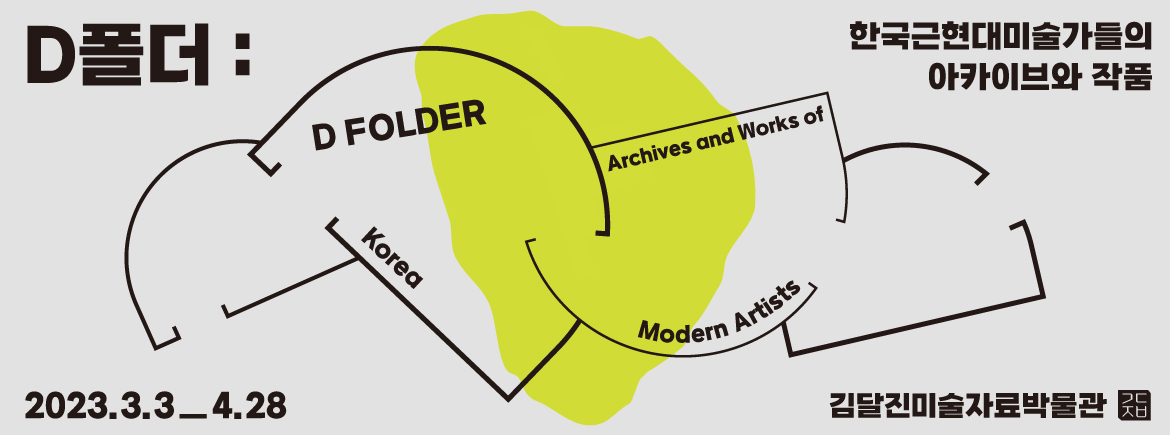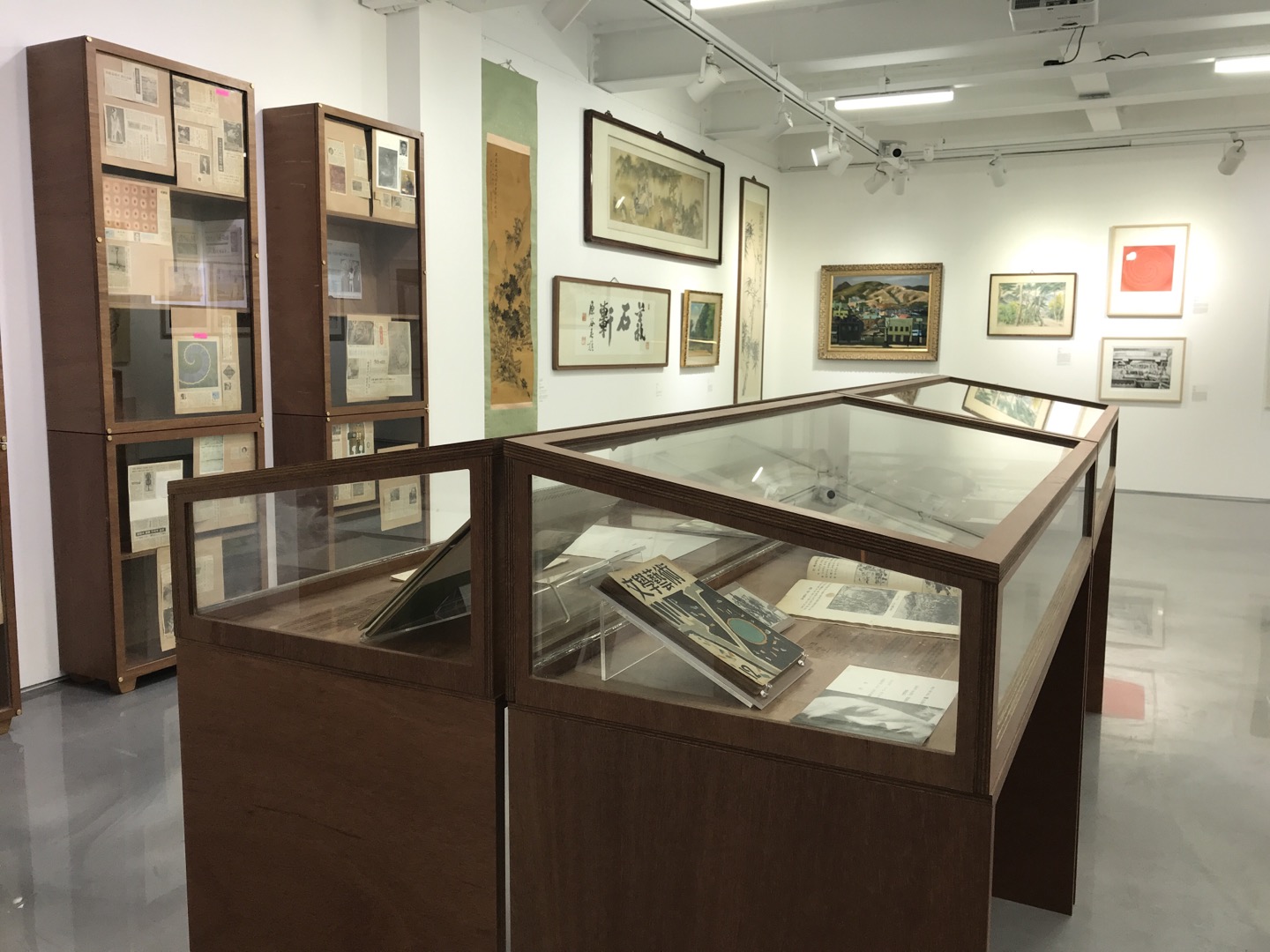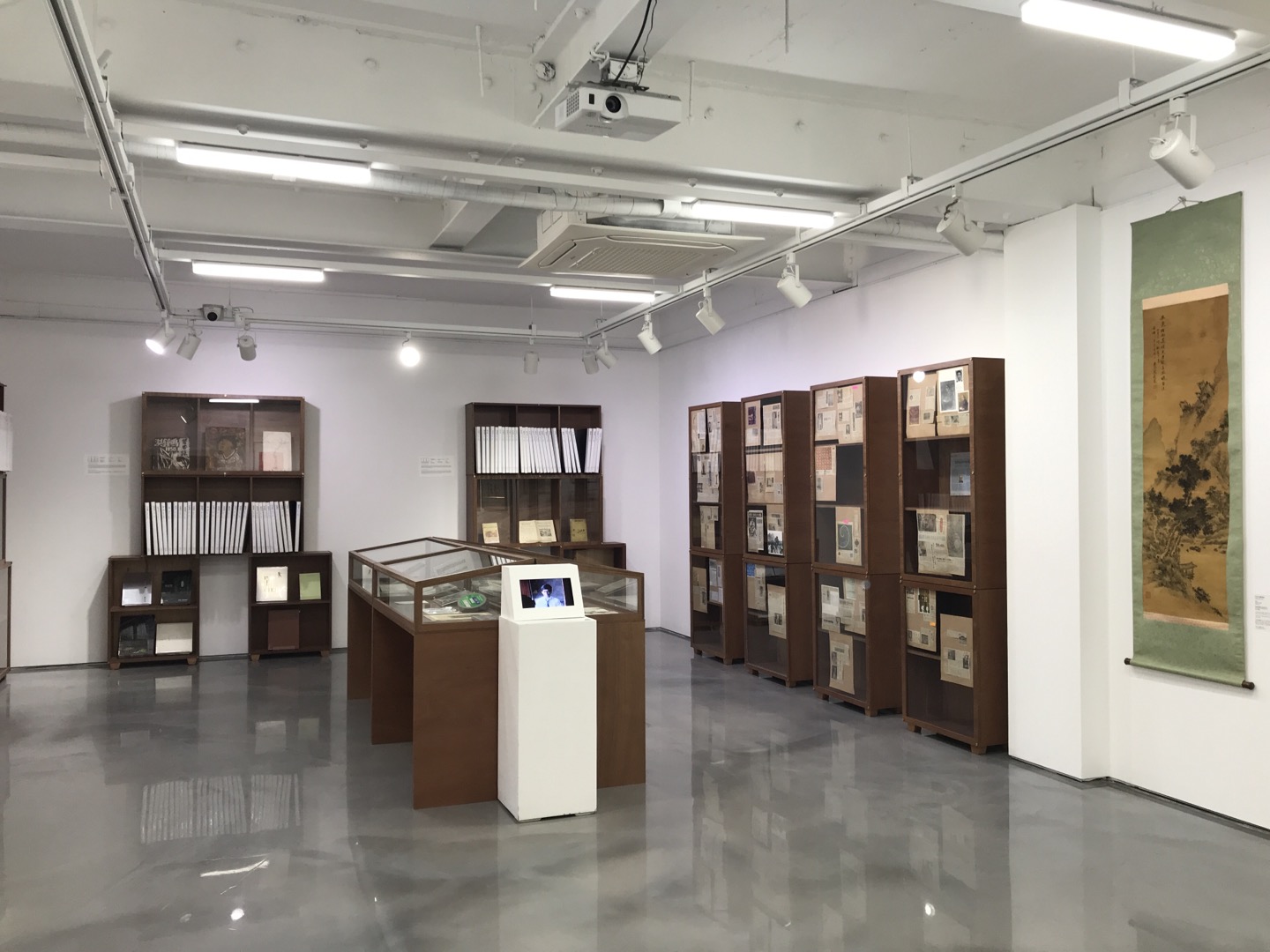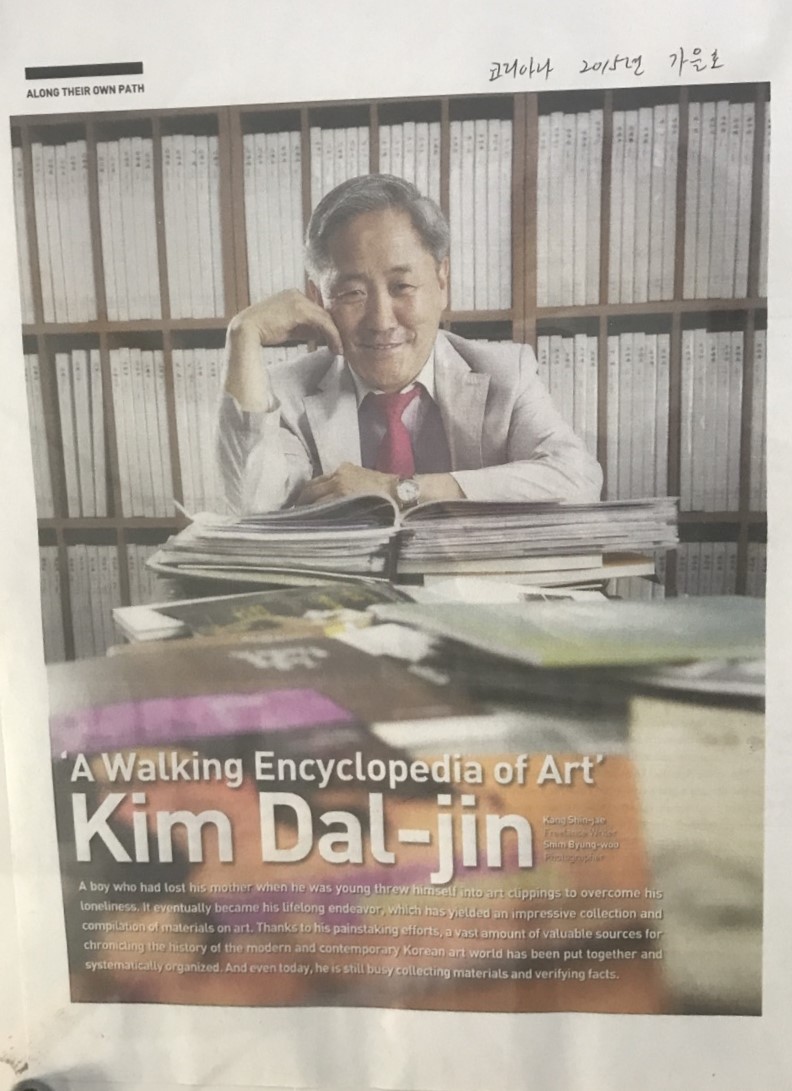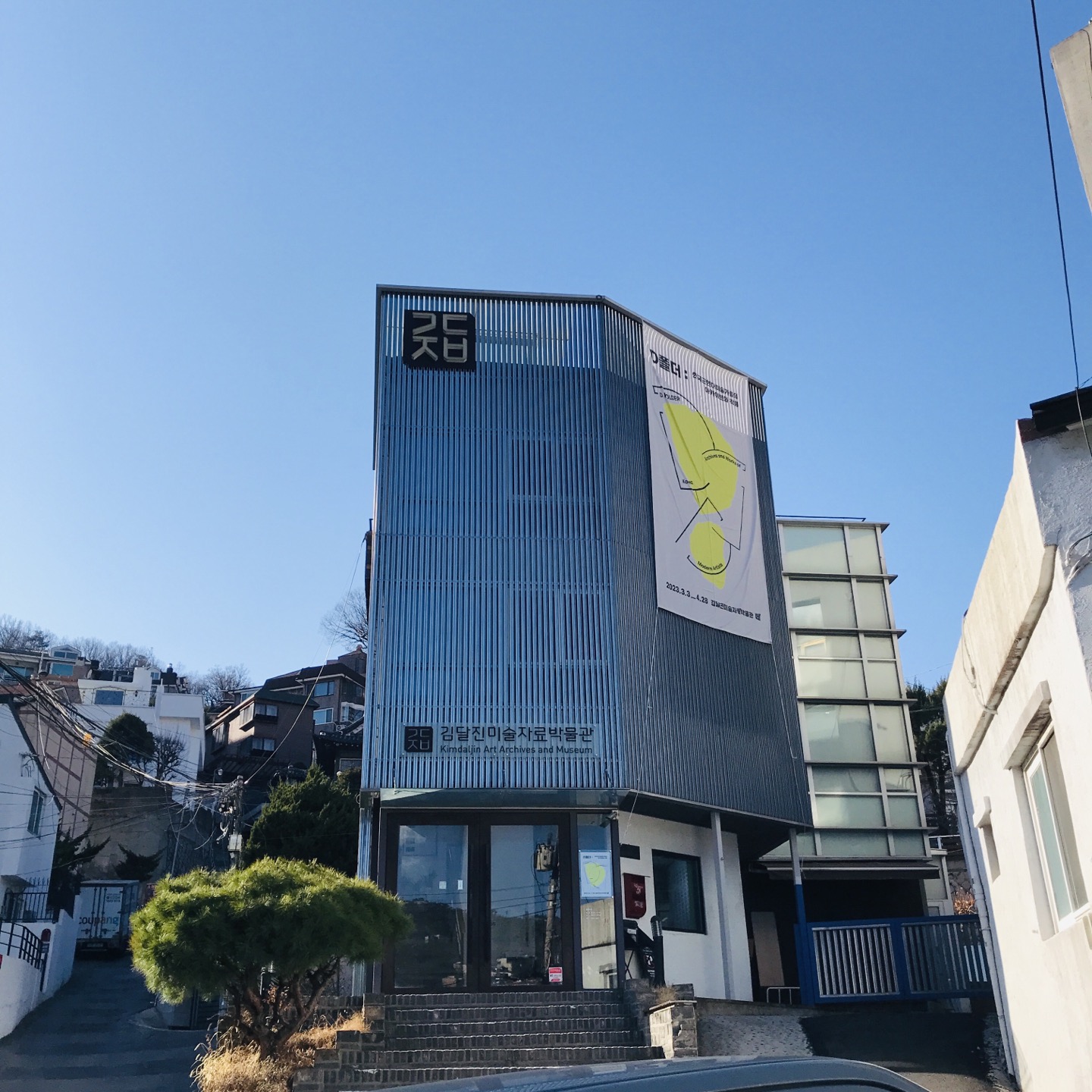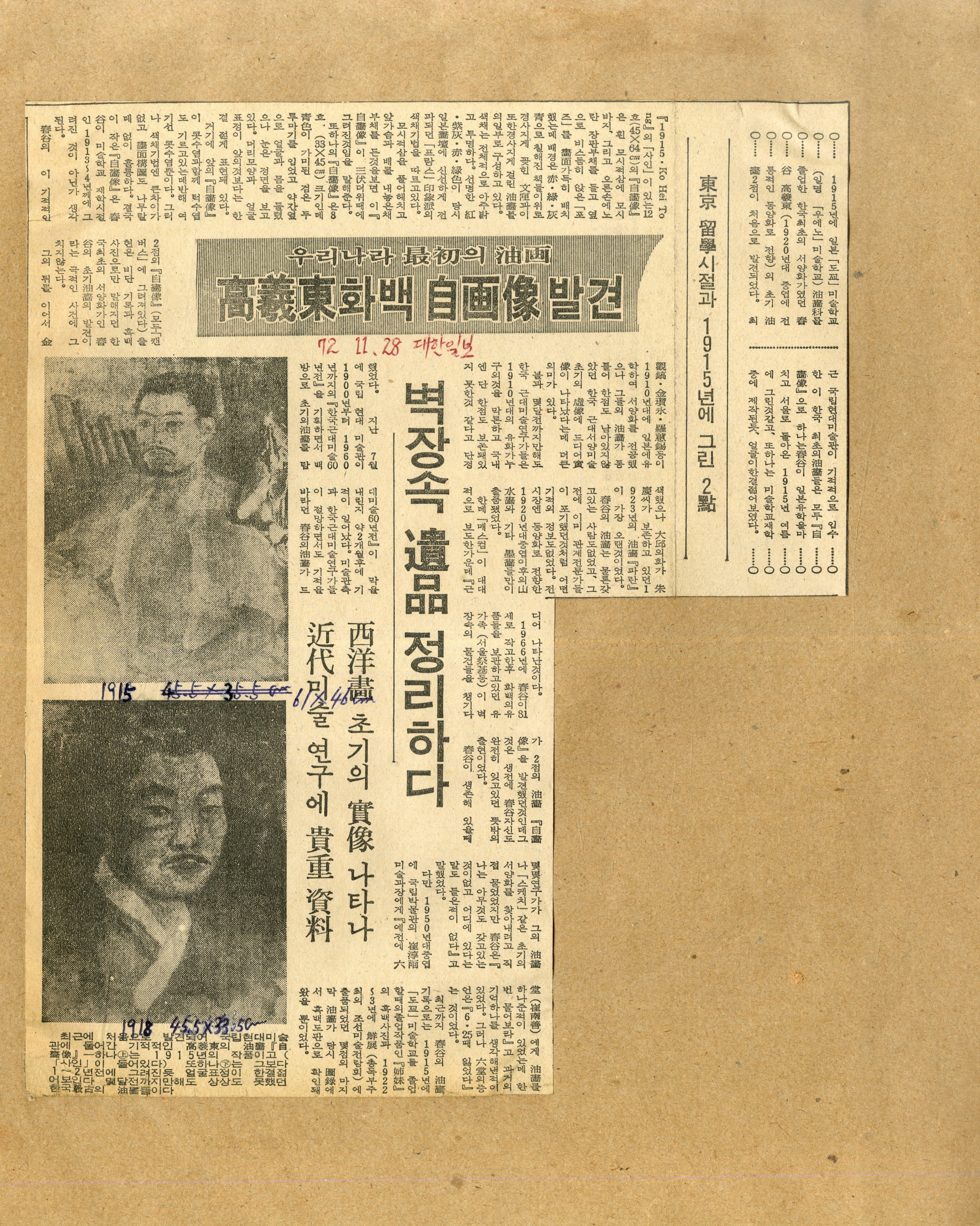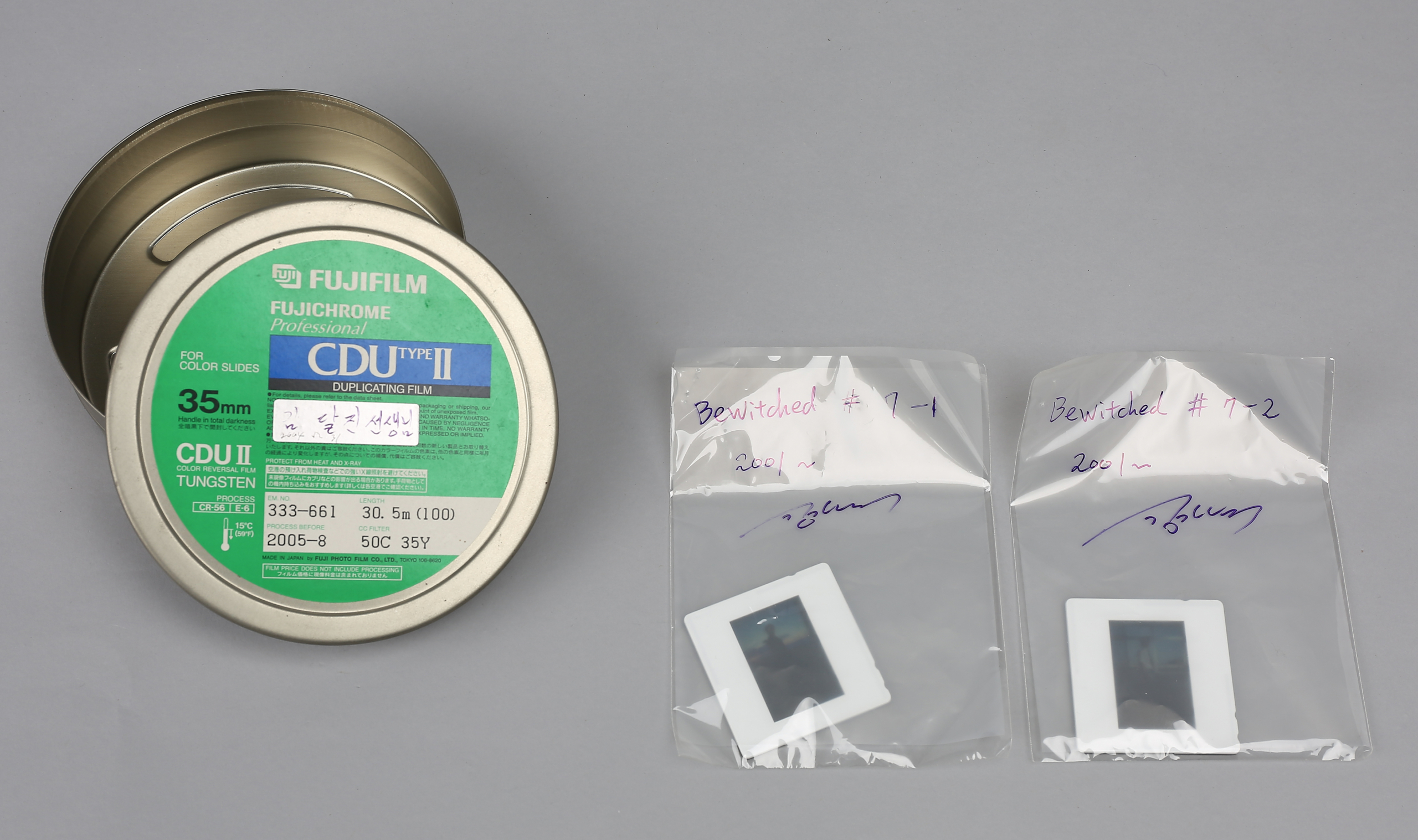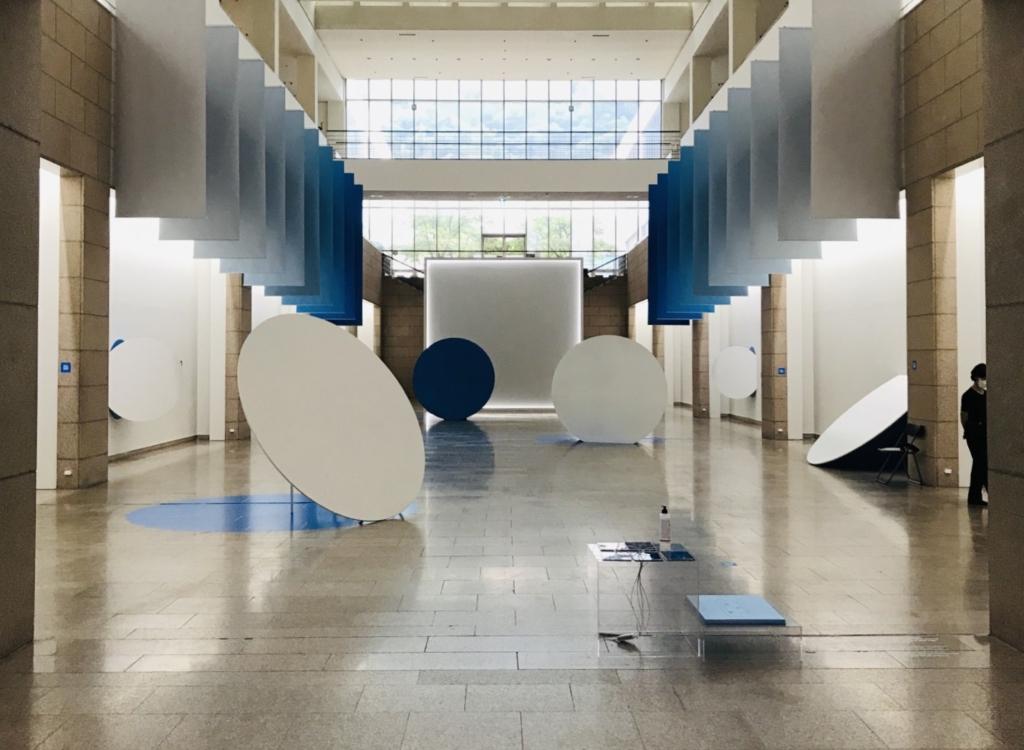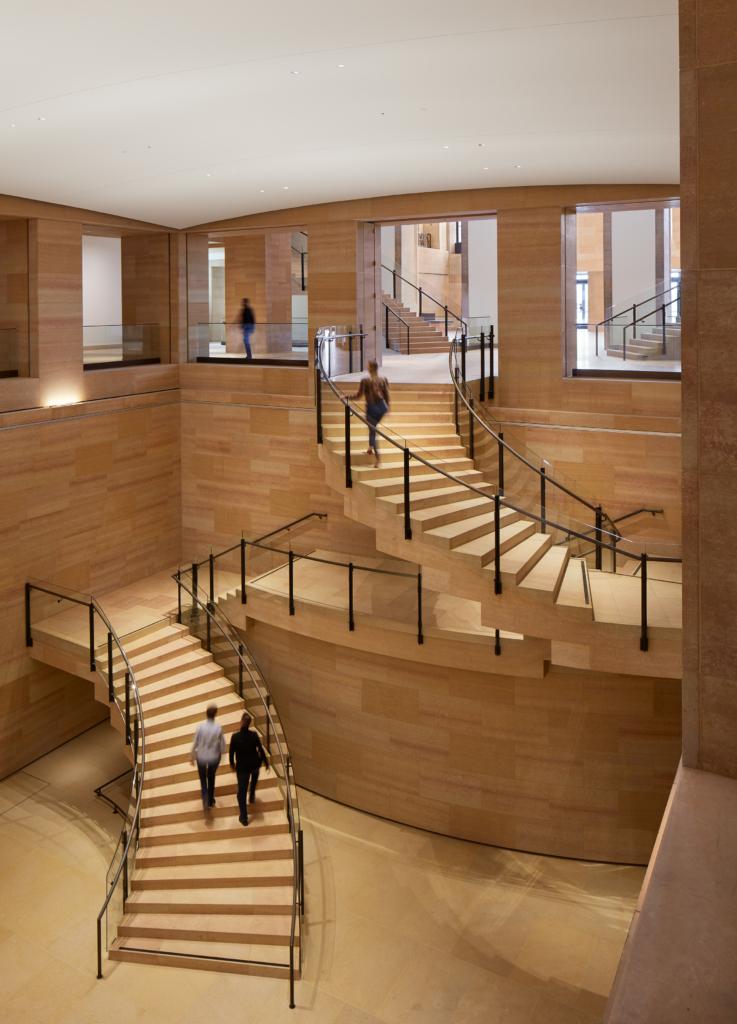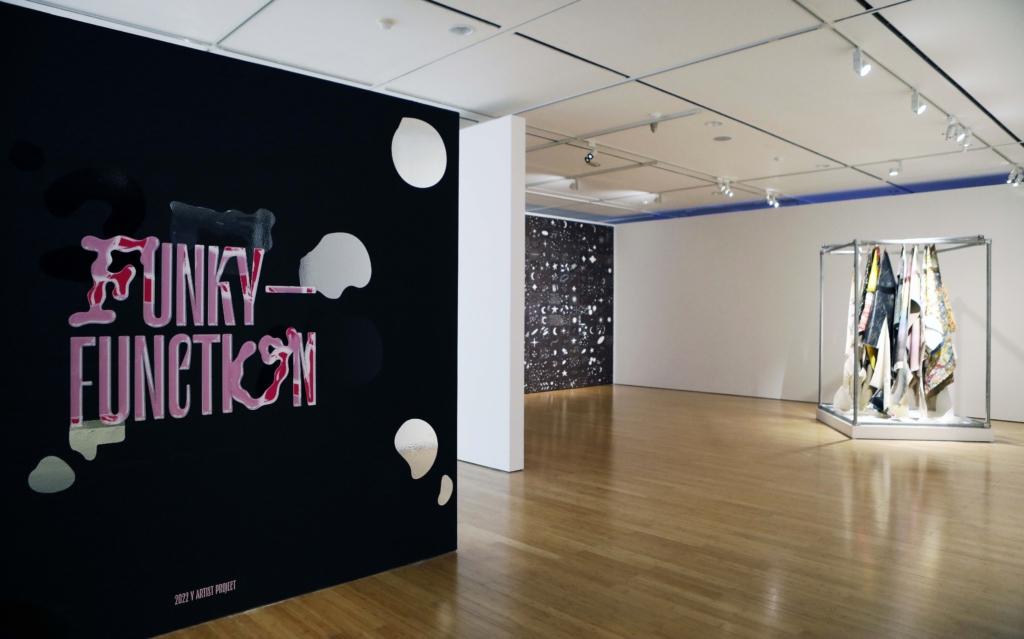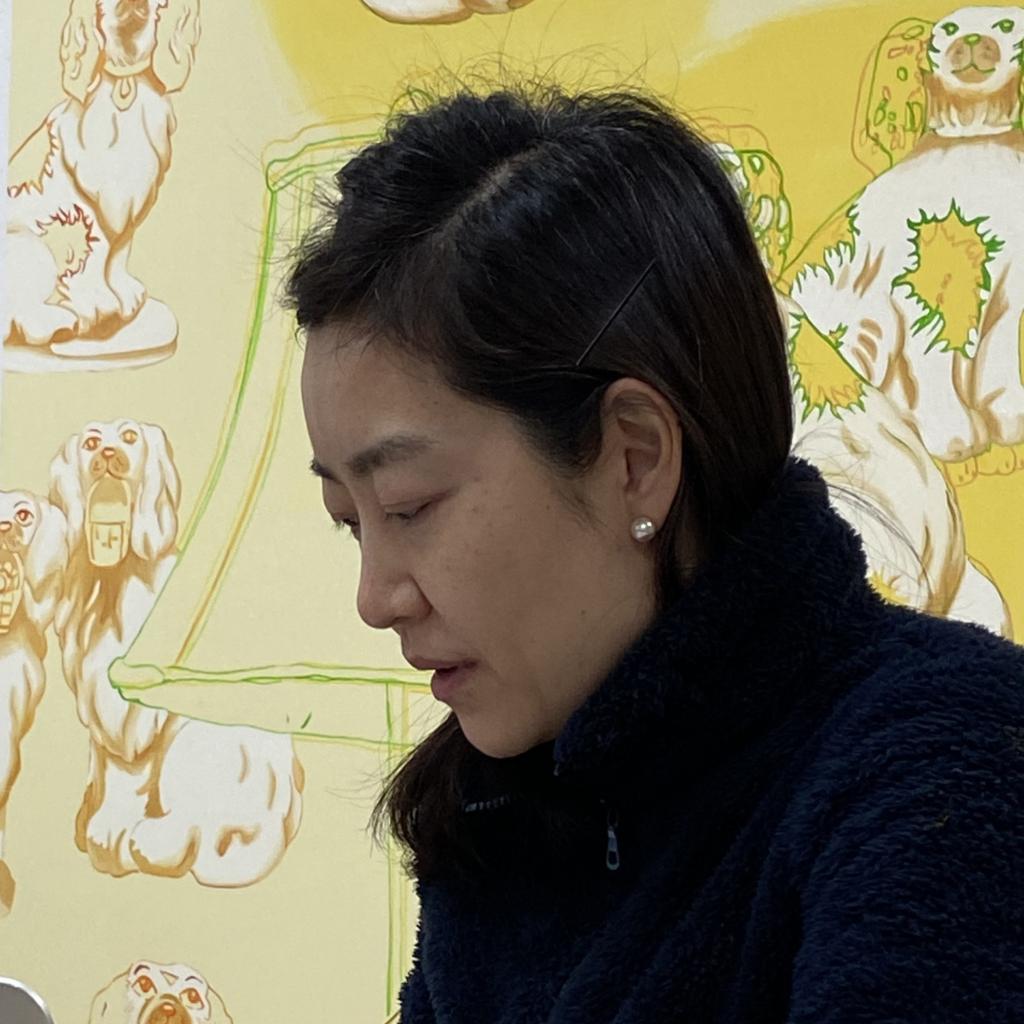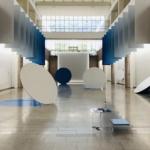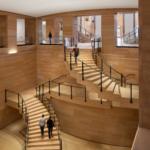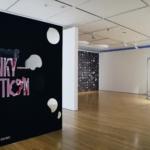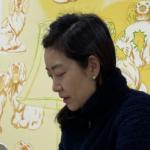Building an Art Archive for Korean Modern and Contemporary Art History & Kimdaljin Art Archives and Museum
The Kimdaljin Art Archives and Museum’s exhibition D FOLDER: Archive and Works of Korean Modern Artists, on view through April 28, examines the history of Korean modern and contemporary art.
Building and curating collections of documents, recordings, and data has been a part of archival studies for a very long time. Korea also has a rich history of accumulating records, but it wasn’t until the 1990s and early 2000s that the importance of archiving modern and contemporary art materials came to the forefront.
After going through the cataclysmic events of modern history, the practice of building records was first adopted at the government level in South Korea when the Public Records Management Act was first enforced in 1999. In the art world, the Korean Art Archives of the Leeum Museum of Art, which opened in the same year, was the first example of a Korean art archival institution but was later incorporated into the Ho-Am Art Museum.
The term and the concept of “art archive” began to settle down in the country in 2005, when the Insa Art Space introduced the term “Archive” as one of its programs for collecting artists’ portfolios and project materials.
Since then, various studies on the theories and practices of building art archives have been discussed in art institutions.
In 2008, the Arts Council Korea opened seminars and forums to study the status of archival studies in the Korean visual arts field. In 2011, the National Museum of Modern and Contemporary Art, Korea (MMCA) held a seminar on museums, archives, and architecture.
In line with this trend, departments related to records and archives were newly established at universities, and professional archivists were hired at various institutions.
Archiving art materials has been the subject of extensive research and practice. Yet, not many cases exist in which an archive-keeping system has been established in Korea. For example, it was only in 2013 that the minimum budget for operating an art archive project at the MMCA was first appropriated, and this year will see the opening of the Art Archives (SeMA AA), a new branch of the Seoul Museum of Art.
The art archive is made up of unique, original documents in various formats, including catalogs, photographs, exhibition histories, documents, sketches, purchase records, and even video, sound, and digital materials. It is also the practice of collecting, selecting, classifying, preserving, and researching the materials that are considered valuable for reconstructing art history. These materials can provide a complete picture of that artist’s life and the time period in which they lived.
Kim Daljin, the founder and director of the Kimdaljin Art Archives and Museum, is one of the people who recognized the significance of art archival materials and has been collecting art materials for 50 years.
Kim Daljin, who has been collecting art materials since his junior high and high school days, began working at the MMCA in 1982 and spent 15 years building and maintaining the museum’s records room, and he later worked as the head of the archives at the Gana Art Center for six years. In 2001, Kim established Kim Daljin Art Research and Consulting in Pyeongchang-dong and opened his collected materials to the public in 2007. The Kimdaljin Art Archives and Museum opened in March of the following year.
To fulfill its role as a professional art archival institution, the museum collects primary art materials by purchasing or receiving donations, preserves these materials, and builds a database. By researching and studying these materials, the museum also publishes research reports and books. Exhibitions and various programs are also held to introduce the meaning and value of Korean modern and contemporary art history to professionals and the public.
The art materials in the museum, spanning from the Japanese colonial period to the present, contain academic journals, theses, catalogs, pamphlets, clippings of newspaper articles, books, and periodicals related to Korean modern and contemporary art.
The museum also collected materials from 335 modern and contemporary artists and named the collection “D FOLDER.” “D” in “D FOLDER” is derived from the first letter of “Document” and “Daljin.” The collection includes handwritten materials by artists, exhibition tickets, and posters, all related to Korean modern and contemporary art history.
The Kimdaljin Art Archives and Museum holds two to three exhibitions annually to examine the history of Korean modern and contemporary art through its collections. The current exhibition, D FOLDER: Archive and Works of Korean Modern Artists, is on view through April 28.
This exhibition is the first to introduce the D FOLDER. The exhibition includes files of scrap materials from 89 artists out of 335 whose cataloging is complete, 16 pieces of artwork, and 70 other archival materials such as exhibition materials and photography images. There are various artists, from the 1850s to those born in the 1970s, including Ko Huidong (1886–1965), who was the first Korean to study abroad to learn Western-style painting, and younger artists who are currently active in the world of Korean contemporary art.
The exhibited materials are “exhibited as an object and as a record with meaning, and each material is independent and sometimes interconnected,” Director Kim Daljin explained. Kim added that he expects the exhibition to “open up a new world of Korean modern and contemporary art, through the memory and intellectual imagination of the viewer.”
Related Links
- 김달진미술자료박물관(Kimdaljin Art Archives and Museum)
- 김달진, 한국근현대미술사학 제24집 2012 하반기, 한국 미술아카이브의 분포 상황 및 수집 여건과 과제 — 김달진미술자료박물관을 중심으로
Aproject Company. Co., Ltd | Founder & CEO : Jay Jongho Kim
216 Dosan-Daero, B2F, Gangnam-gu, 06047 Seoul, Korea
Business Number : 894-88-01945
Contact : aproject.company@gmail.com
Mail-order-sales registration number : 제 2021-서울강남-04243 호










